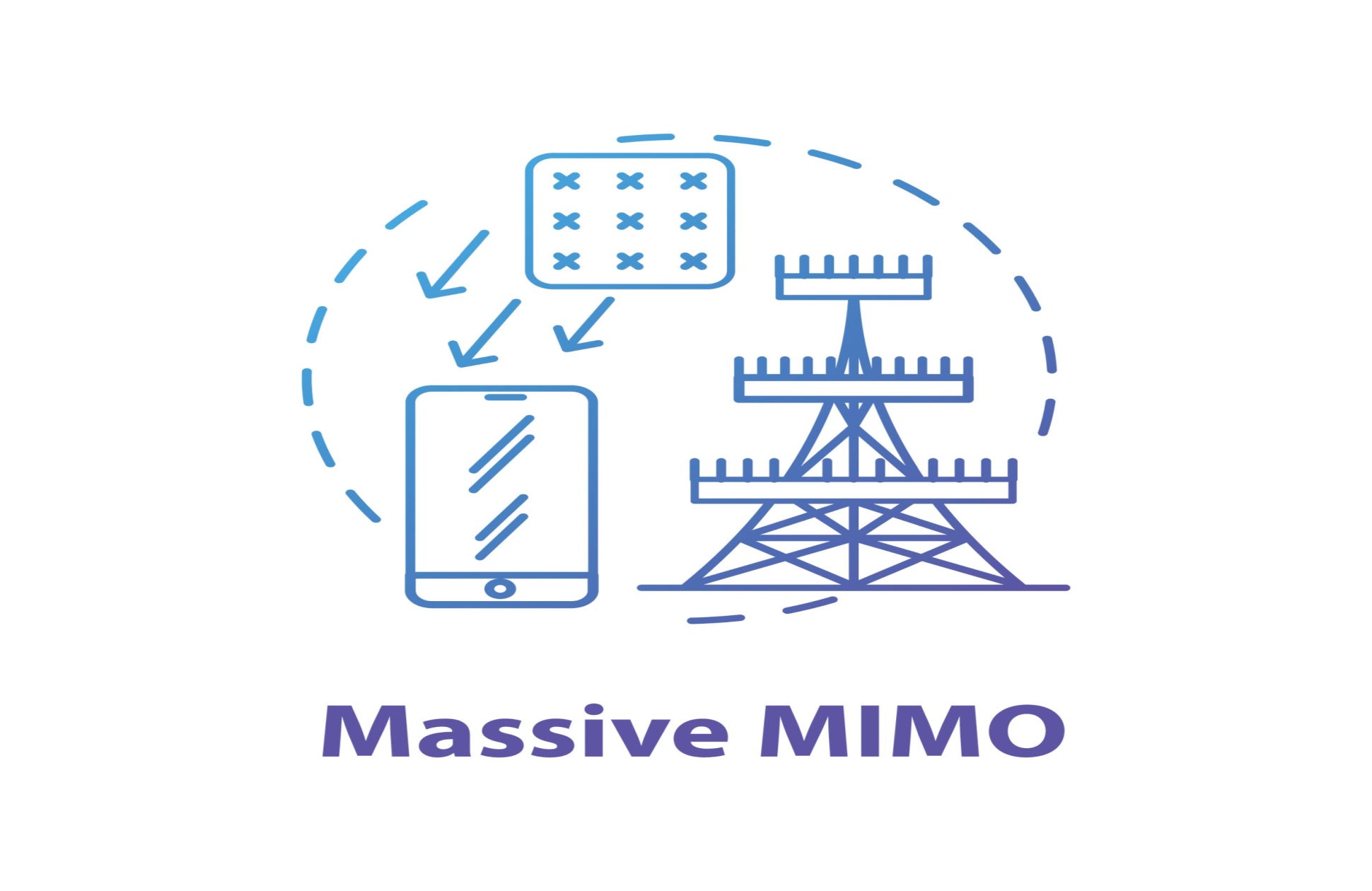
As mobile operators are busy deploying 5G Massive MIMO technology to their mobile broadband networks, Huawei is offering to emulate Massive MIMO indoors – by coordinating distributed indoor radio networks to mimic Massive MIMO’s beefed-up antenna arrays.
- Huawei’s distributed Massive MIMO solution coordinates indoor radios to act as one logical cell, a design aimed at conferring multiple benefits.
- The solution has already been trialled by multiple operators in various scenarios, demonstrating measurable results in terms of throughput and other important performance indicators.
As 5G has increased enterprise appetites for services based on indoor cellular networks, enterprise needs have evolved in ways that pose challenges for operators deploying these indoor networks. For example:
- Operators must tailor their service quality to the distinct needs of different use cases. For example, some use cases require high throughput (e.g., for video) while someplace a higher priority on low latency (e.g., remote-controlled vehicles).
- Capacity needs are ever-rising, and increasing network capacity often requires making changes to on-site infrastructure. Those changes (e.g., feeding new cabling through walls or ceilings) can be costly and difficult for operators, depending in part on the individual attitudes and preferences of each venue owner.
- Compared to 4G, 5G poses more risk of interference between the individual cells created by each solution’s radio unit.
Huawei’s Distributed Massive MIMO solution, an evolution of its LampSite Digital Indoor Systems, addresses these challenges in part by introducing a fundamental departure from a key aspect of DISs. In a typical DIS, each radio creates its own “cell,” or signal area. But in Huawei’s Distributed Massive MIMO solution, the radio units are coordinated to act as though they collectively create one large logical cell. The radio units in Huawei’s solution feature 4T4R antenna arrays, but by working in combination, a group of radio units can behave as a “virtual” Massive MIMO array. They mimic the Massive MIMO units deployed in outdoor macrocell networks and leverage the throughput-boosting beamforming capabilities that give Massive MIMO its key value.
This technique is designed to confer multiple benefits, including:
- Interference mitigation. Addressing the above-mentioned challenge inherent in DISs, there’s less risk of cells interfering with one another when they are more tightly coordinated by a central intelligence function. This gives operators more flexibility in deploying radios and helps the network harness the radios’ combined strength.
- Elastic capacity. Huawei’s solution can increase capacity up to four times that of traditional 4T4R DIS systems, helping operators keep up with increasing 5G capacity demands, including the requirements of new revenue-generating enterprise services.
- Uniform support for AR/VR services. Throughout the service footprint (even at the cell edge, where traditional systems would be vulnerable to interference), users can enjoy data rates above 1 Gbps, enough to support augmented and virtual reality and other applications.
- Reliable data rates. The system’s high data rates are dependable and consistent enough that they can be used for critical, demanding use cases such as the transmission of surveillance videos from several cameras (e.g., for quality control, etc.).
- High availability. The network’s redundancy, from baseband to radio units, helps achieve more than 99.99% availability, needed for critical use cases.
Operators spanning five countries have already deployed the Distributed Massive MIMO solution system in a total of more than 1,000 sites. For example:
- In a Chinese factory, China Mobile found the solution achieved an uplink throughput of 1.2Gbps using 160MHz of spectrum. In addition, when China Mobile used the solution to connect industrial cameras over a 1,000-square-meter area, each camera achieved average uplink throughputs of 80Mbps.
- In a convention centre in Dubai, another operator, du, reported downlink throughputs of 2Gbps using 200MHz of spectrum.
- During China’s National Games in September 2021, China Mobile used Distributed Massive MIMO in the Xi’-an Olympic Sports Center, a 63,000-seat venue. The solution served 400 users and reported throughputs of more than 1Gbps downlink, 82Mbps uplink in effectively one cell.
- That same month, at all nine stations of the Guangzhou Metro train, China Unicom saw single-user peak downlink rates of nearly 1.4 Gbps using Distributed Massive MIMO.
As 5G technology evolves – with the advent of 5G Advanced, for example – solutions such as Huawei’s Distributed Massive MIMO offering could pave the way for a broadening of the 5G value chain and aid 5G’s expansion and diversification through enterprise services.
How well do you really know your competitors?
Access the most comprehensive Company Profiles on the market, powered by GlobalData. Save hours of research. Gain competitive edge.

Thank you!
Your download email will arrive shortly
Not ready to buy yet? Download a free sample
We are confident about the unique quality of our Company Profiles. However, we want you to make the most beneficial decision for your business, so we offer a free sample that you can download by submitting the below form
By GlobalData



